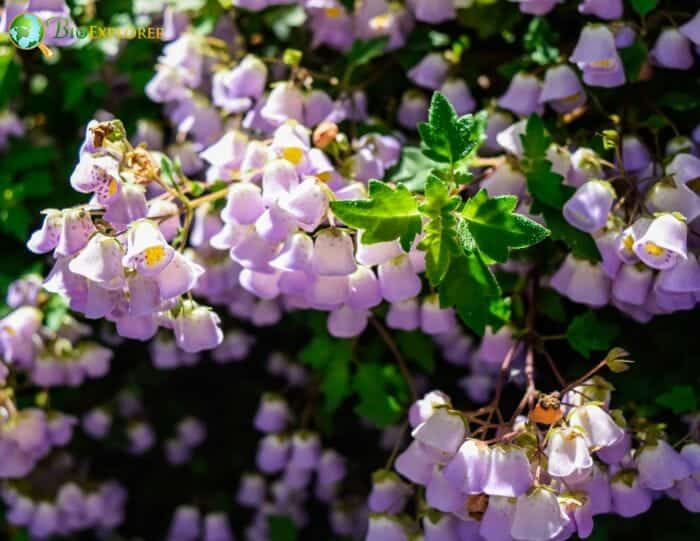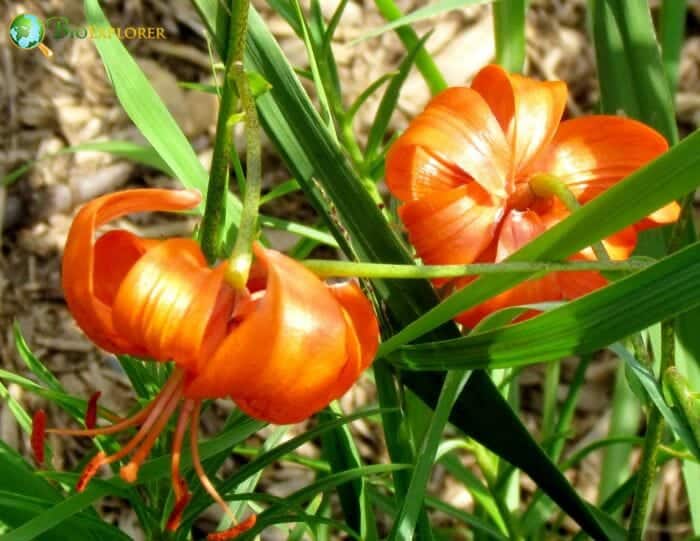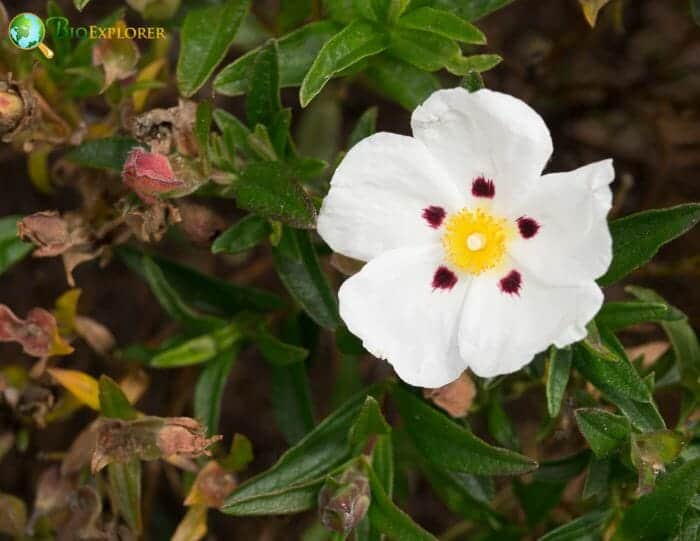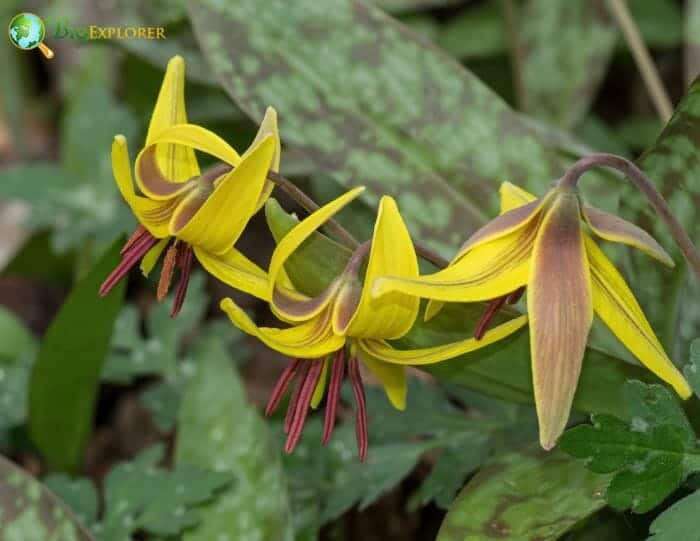Liliales is the Lily order of monocotyledonous flowering plants. It is a reasonably big group comprising 10 families, 67 genera, and 1,558 species[1]. Members of this order involve herbaceous plants, shrubs, and lianas.
The families of Liliales are Corsiaceae, Campynemataceae, Melanthiaceae, Petermanniaceae, Colchicaceae, Alstroemeriaceae, Ripogonaceae, Philisiaceae, Smilaceae, and Liliaceae.
Table of Contents
Liliales Distribution

There is a worldwide distribution for the species under Liliales. Most members of larger families are found in the Northern Hemisphere. They are also common in the subtropical and temperate regions. On the other hand, smaller families are limited to the Southern Hemisphere.
- The Lanzhou Lily of Liliaceae is found in Northwestern China’s mountainous regions. They are also found in India, Bhutan, and Tibet. The Genus Calachortus, having more than 70 species, is considered a native plant of North America. However, they are also found in Central America.
- Some of the species of the Alstromeriaceae Family (Jaranganha) are distributed in Central Mexico, Chile, Brazil, and Argentina. Smilacaceae[2] family, having 255 species, is distributed in warm and temperate regions.
- Sarsaparilla[3] (from Genus Smilax) can be found in South America, Mexico, Jamaica, the Caribbean, Honduras, and the West Indies. The two genera of Philasiaceae are endemic to Southern Chile.
Liliales Characteristics

The following characteristics are shared by the plants under Liliales:
- The members of this order are perennial erect or twining herbs.
- The fleshy to fibrous stems can arise from the woody shrub’s perennating organs.
- Liliales have non-sheathing leaves with elliptical leaf blades. Leaves of some species are resupinated (twisted).
- The flowers can range from small to large. Colors can vary from green to showy blooms.
- Order Liliales have tepals (undifferentiated sepals and petals). Flowers have nectaries on the tepals.
- The flowers are primarily bisexual, or seldom unisexual (Wurmbia spp. ); with or without bracts. The ovary can be inferior or superior.
- Liliales are monocotyledonous flowering plants. The seeds can have oily or fleshy endospermWhat is endosperm?An embryonic nutritive tissue formed during double fertilization by the fusion of a sperm with the polar nuclei..
Liliales Flowers and Reproduction

The flowers of Liliales contain tepals having different sizes and colors. For example, the Smilaxflowers are small and green, while the Lilium, Tulipa, and Calochortus (Family Liliaceae) and Lapageria(Family Philesiaceae) have large flowers with attractive colors.
- The flowers of the most prominent family, Liliaceae, have a terminal raceme, solitary, and rarely an umbel as the inflorescence. They are hypogynous, bisexual, actinomorphic or zygomorphic, bracteates or not, and pedicellate. Endothelial cells that are radially elongated are recognizable to Liliaceae and Alstroemeriaceae.
- Melanthiaceae flowers can exist in racemes, spikes, or panicles. Usually, the flowers are very regular, although they can be very irregular in some species (Chionographis).
- Flowers of Melanthaceae are bracteates or ebracteate. The flowers lack a hypogynous disk; with or without perigone tube in hemi-epigynous forms.
- The flowers of Colchiceae are small or large with perianth of tepals. Colors range from white, purple, red, or yellow. The androecium is 6 with androecial members usually free of perianth or adnate to the tepals.
- Many Liliales are pollinated by a range of different insects. For example, the colorful flowers of Liliaceae produce large amounts of nectars and pollens that attract insects like bees, wasps, butterflies, and moths.
- Although the solitary bees transfer the largest pollen loads, the bumblebees[5] are the primary pollinators because of their seasonal and floral constancy and ability to tolerate bad weather.
- Seed dispersal is through wind and water. However, some species (Scoliopus, Erythronium, and Gagea) are dispersed by ants.
Liliales unique chaacteristics

Liliales are difficult to define using morphological character bases. This results in varying family composition in different classifications.
- The evolutionary development or phylogenetic analysis study[6] tends to put Liliales as the closest group to Asparagales.
- The DNA sequence[7] analyses circumscribed Liliales. Asparagales (lilylike) are separated from Liliales in a nectary position. Asparagales have septal nectaries while Liliales have perigonal nectaries.
- Additionally, Phytamelan (dark seedcoat pigment) is present in Asparagales and absent in Liliales. The anther opening that faces outward (extrorse anther) and sometimes the spotted petals are the additional characteristics that reduced and defined Liliales.
Liliales Example species

While many grown Lilies are used as decorative flowering species, a few are used as food. Other species are sources of pharmaceutical products. Some of the examples of Liliales are:
- Lanzhou Lily
- Chilean Bellflower
- Katakuri/Trout Lily
- Jaranganha
- Common Greenbrier
- Green mountain lily
- Wood’s bunchflower
- Supplejack/Twisted rope
- Corsia brassii
- Petermannia cirrosa


























